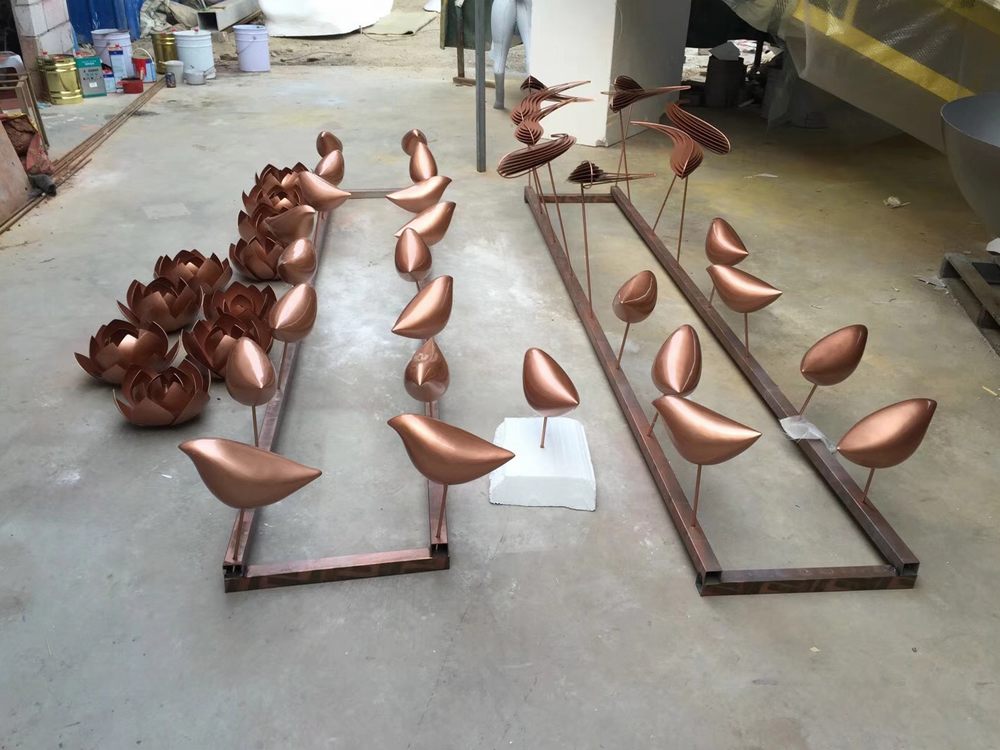
Creating metal sculptures with thermal or heat-reactive properties is a fascinating intersection of art and science, blending aesthetics with dynamic physical responses. To achieve stunning results, artists must master several key techniques.
1. Material Selection: Choose metals like titanium, steel, or copper, which exhibit dramatic color changes or structural flexibility when heated. Thermochromic alloys can also create interactive, temperature-sensitive effects.
2. Heat Application: Use controlled heating methods such as oxy-acetylene torches, induction heating, or kilns to manipulate metal without compromising integrity. Layered heating can produce gradient effects.
3. Thermal Finishing: Experiment with patinas or oxides that react to heat, creating evolving surface patterns. Techniques like anodizing or flame painting enhance visual depth.
4. Kinetic Design: Incorporate moving parts that expand or contract with temperature shifts, adding a dynamic element to the sculpture.
5. Safety & Durability: Ensure structural stability by annealing or tempering heat-treated sections. Use heat-resistant bases and consider environmental factors for outdoor installations.
By combining these techniques, artists can craft mesmerizing sculptures that transform with temperature, offering viewers an ever-changing visual experience.

